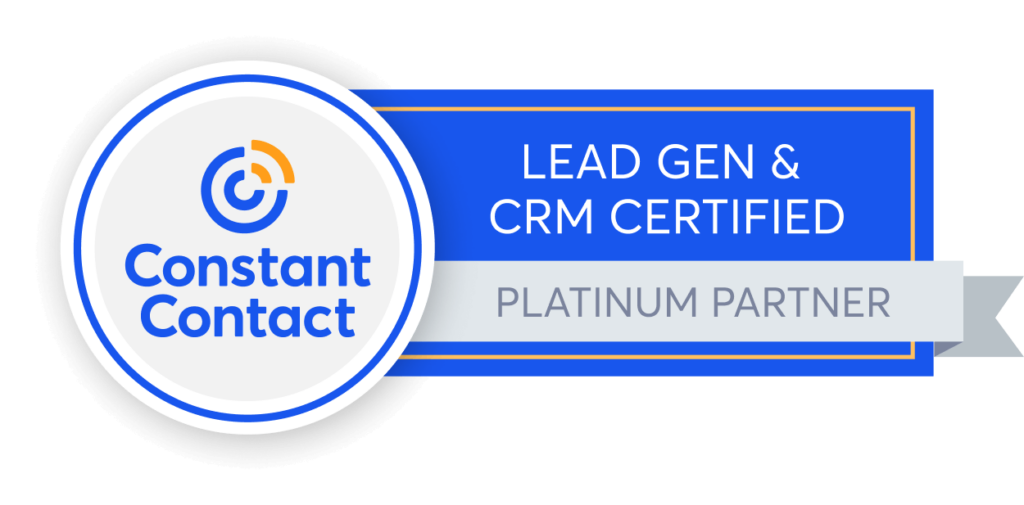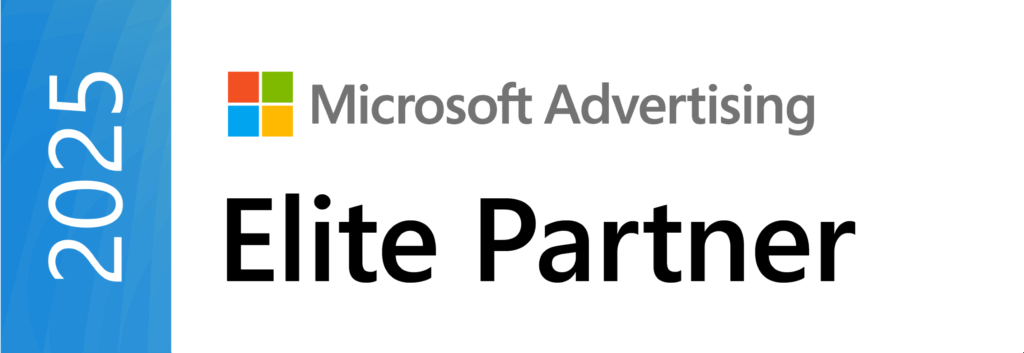Subheading
The special offers on Pimms and invites to school sports days can only mean one thing: summer holidays are around the corner.
On this page:

Whether you’re going abroad or spending the summer watching the World Cup, make sure your digital lead generation campaigns keep working even when you’re not.
AdWords Campaigns
If you have Google AdWords campaigns running, download the Google AdWords app (not AdWords Express). This handy app gives you top-line campaign information including:
- Stats
- Bids and budgets
- Real-time alerts and notifications
Also, to ensure you don’t overspend on your media budgets, use AdWords’ handy budgeting tools. You can set daily and monthly budgets and if your business is seasonal, have a look at last year’s summer stats to make sure set appropriate levels of budget so your competition doesn’t get the edge while you’re away.
Remarketing
Remarketing is a great way to stay in touch with your already engaged prospects (and stakeholders) while you’re away. Google, Facebook and LinkedIn all provide opportunities for staying in touch with B2B prospects using display remarketing.
Take the opportunity to refresh your ad copy and creative before you leave; think about directing them to some evergreen content or a post-summer event. Also, consider the frequency of your remarketing ads (no one wants to be stalked by your ads all summer).
And finally, remember that brand search ads in conjunction with remarketing make for a positive experience for prospects ready to reengage with you.
Schedule Your Content
Not all of your potential customers will be on holiday, so don’t let your content go stale while you are away. You can schedule content for Twitter, Facebook, LinkedIn and other social media platforms. There are loads of tools you can use, including HootSuite, Sprout Social and TweetDeck.
Also, make sure you’re promoting an appropriate CTA—don’t encourage people to call you if the phone lines won’t be properly staffed or offer a free trial if your presales team are all wearing their cagoules on a beach in Cornwall.
Using Facebook
With Facebook Pages Manager you can view and respond to comments and private messages from your phone (as well as see Page Insights), and Facebook Adverts Manager allows you to edit your ads and budgets, get notifications of when ads are finishing and keep an eye on your spending.
(LinkedIn if you’re listening, we’re still waiting for an app version of the Campaign Manager!)
Still Send Emails
Now that you’ve cleaned your email lists following the Great GDPR Scare of 2018, don’t forget to keep your customers and prospects engaged over the summer.
Most email platforms will allow you to send emails scheduled for a specific time. Marketing automation platforms also allow you set up automatic email sends based on user behaviour.
Take the time to put a content plan in place that aligned with your social posts and remarketing campaigns and with a little luck no one will ever know you were away!
Think About Your Website
As with email, most content management systems (CMS) have an option to schedule content. Nothing screams ‘I’ve gone on holiday and don’t care about you right now’ like outdated seasonal content on your site.
If your website CMS doesn’t have a schedule function, consider putting your best performing content on the homepage whilst you’re away, or at least don’t leave up information about an out-of-date event during your break.
Analytics
Google has a Google Analytics app which is reasonably good for basic monitoring and will allow you to at least get a high-level view of your activity, especially useful for answering ‘quick’ questions from your MD whilst you’re away.
Again, keep in mind seasonality and remember many sensible people like you will also be on holiday so volume (though hopefully not performance) may dip.
Finally… Check with Your Sales Team
Make sure there is a plan in place to deal with inbound leads. If you have a small sales team who are also on holiday, make sure someone will be monitoring the group email address and the phone won’t go unanswered.
If unfortunate scheduling means there will be days when no one can manage calls from prospects, or customers for that matter, consider enlisting the help of a call handling agency to get you through the holiday season.
On this page:
Subscribe
Everything B2B Marketers Should Know about LinkedIn Content Creators
How you can transform your C-suite and employees into LinkedIn Content Creators—and why it’s a good idea.
GEO Best Practice: Authority and Answers
Learn how to build authority and craft AI-ready answers with GEO (Generative Engine Optimization) — a must-know for B2B marketers.
Preparing for AIOs and Agentic Search: Top Tips for B2B Marketers
AI is changing the world fast and SEO is no exception. Here’s how to start preparing for AIOs and agentic search now.




